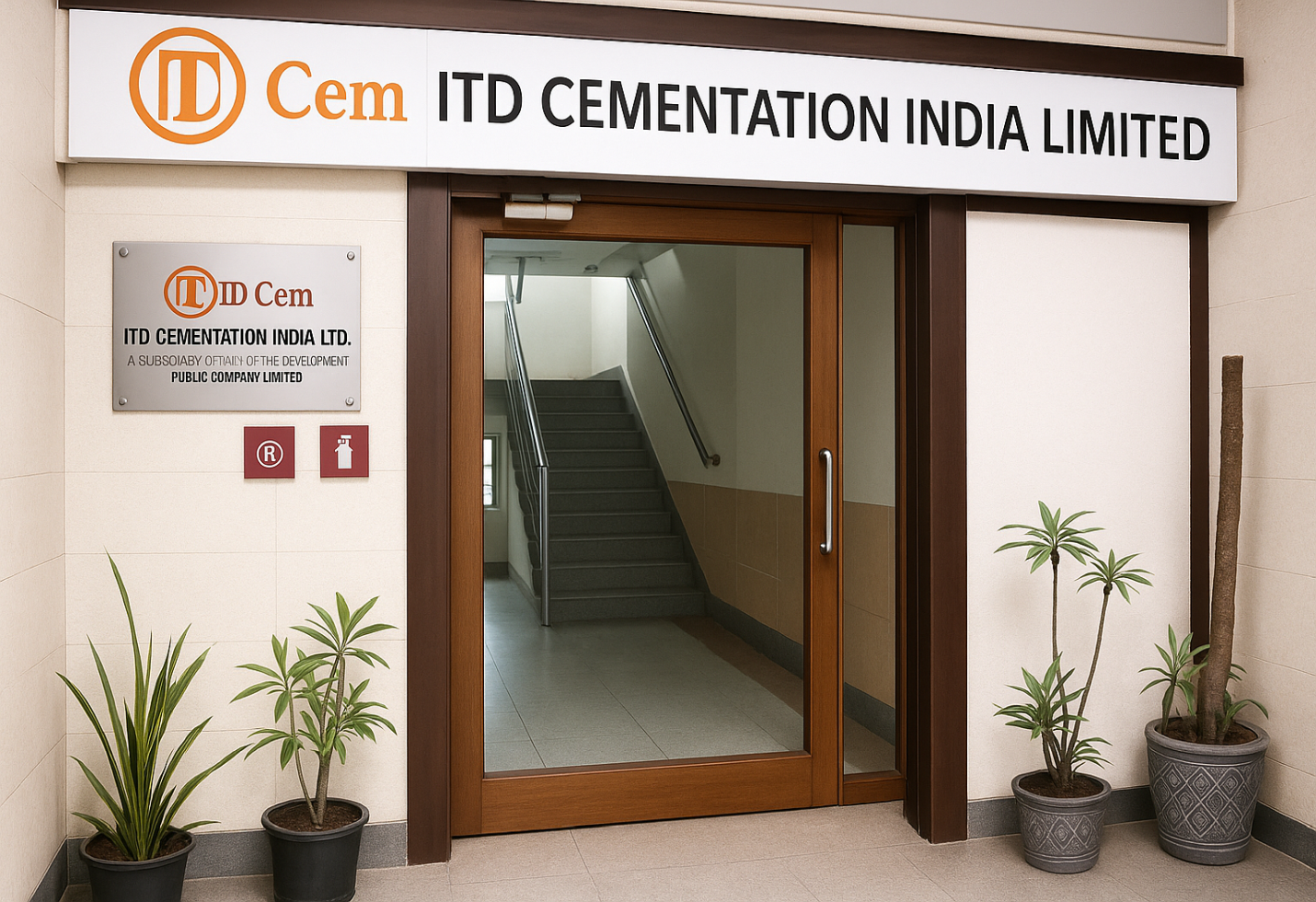Stock Jumps as KP Green Engineering Bags ₹52.31 Crore Orders Across Five Divisions
Diversified order wins across solar, transmission, and heavy engineering segments spark investor optimism and underscore the company’s expanding role in India’s green energy drive.
Introduction
The Indian renewable energy sector continues to attract attention with its rapid expansion and innovation. Riding the industry upswing, KP Green Engineering Limited has carved out a strong position for itself. The company’s recent announcement of new orders totaling ₹52.31 crore across five segments has not only reinforced its market leadership but also sparked a notable rally in its stock price. As India accelerates its transition to clean energy, KPGEL’s diversified wins signal both sectoral confidence and the company’s operational agility.
Order Details and Segmental Breakdown
Diverse Portfolio of Wins
KPGEL’s latest orders span a spectrum of critical infrastructure and energy segments, reflecting its ability to cater to varied client needs and industry requirements. New orders totaling ₹52.31 crore cover the following areas:
• Solar Module Mounting Structures: Supplying fixed tilt and tracker-type mounting systems for large-scale solar projects, a core area of KPGEL’s expertise.
• Transmission Towers and Substation Structures: Providing materials and engineering for 220 kV to 400 kV transmission lines, substation equipment, and related hardware, supporting grid expansion and reliability.
• Isolators: Delivering isolator equipment for high-voltage applications, reinforcing the company’s presence in power transmission.
• Railway Crash Barriers: Manufacturing and installing safety barriers for railway infrastructure, contributing to public safety and infrastructure modernization.
• Rooftop Solar Projects: Supplying and installing rooftop solar solutions, supporting decentralized energy generation and sustainability goals.
Entry into Heavy Engineering
A standout aspect of this order cycle is KPGEL’s entry into the heavy engineering segment, marking a strategic diversification. This move positions the company to tap into new markets and respond to the growing demand for industrial-scale engineering solutions.
Market Reaction and Stock Performance
The announcement of these orders has had an immediate and positive impact on KPGEL’s stock. Investors responded enthusiastically, driving the share price higher on the back of expectations for improved revenue visibility and operational growth23. The company’s ability to secure orders from a diverse client base across multiple high-growth sectors is viewed as a testament to its execution capabilities and trusted brand reputation.
Strategic Significance for KP Green Engineering
Strengthening Sectoral Presence
The company’s ability to secure contracts in multiple sectors—including solar, transmission, heavy engineering, and infrastructure—demonstrates its wide-ranging technical proficiency and strategic agility. The company’s growing order book not only enhances its financial outlook but also strengthens its standing as a preferred partner for large-scale, complex projects in India’s green energy and infrastructure ecosystem.
Supporting India’s Clean Energy Goals
By supplying critical components for solar and transmission projects, KPGEL is directly contributing to India’s ambitious renewable energy targets. The company’s work in rooftop solar and railway safety also aligns with national priorities for sustainable urbanization and safer public transport.
Recent Track Record and Growth Trajectory
This latest win builds on a series of significant orders secured by KPGEL in recent months. Earlier in 2025, the company secured deals worth more than ₹756 crore across solar, substations, transmission, and isolator segments. These cumulative wins highlight KPGEL’s consistent growth, operational reliability, and expanding influence in the green engineering space.
Looking Ahead: Execution and Expansion
The company’s focus remains on timely delivery, technological innovation, and expanding its manufacturing capabilities to meet rising demand. Its recent expansion into heavy engineering and pre-engineered building solutions further signals a commitment to diversification and long-term value creation.
Conclusion
KP Green Engineering’s ability to consistently win sizable and diversified orders is a strong indicator of its operational strength and market relevance. The latest ₹52.31 crore order haul, coupled with its entry into new industry segments, has not only energized its stock but also reinforced its reputation as a key enabler of India’s green energy ambitions. As the company continues to execute on its robust order book and pursue new opportunities, it stands well-positioned to capitalize on the next phase of India’s sustainable infrastructure growth.
:
The image added is for representation purposes only










